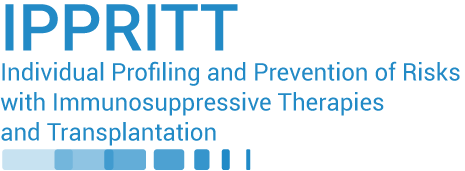A Population Pharmacokinetic Modeling Approach to Determine the Efficacy of Intravenous Amikacin in Children with Cystic Fibrosis
Abstract
BACKGROUND:
In children with cystic fibrosis (CF), the currently recommended amikacin dose ranges between 30-35 mg/kg/day; however, data supporting this dosing efficacy is lacking. Herein, the objectives were to develop a non-parametric pharmacokinetic population model (POPPK) for amikacin in children with CF and investigate the efficacy and toxicity at different dose rates for distinct minimum inhibitory concentration (MIC) clinical breakpoints using Monte Carlo simulations.
METHODS:
Data from 94 children with CF (613 serum concentrations) from the Bordeaux University Hospital’s CF-centre (CRCM) were analyzed. After determination of POPPK parameters and associated influent covariates in Pmetrics, 1000 Monte Carlo simulations were performed for 7 different dose rates between 30 and 60 mg/kg/day, to predict the probability of obtaining peak serum amikacin ≥10 × MIC and trough level ≤ 2.5 mg/L, for MIC values between 1 and 16 mg/L.
RESULTS:
The median[min-max] age and weight were 10[0.3-17] years and 29[6-71] kg, respectively, with only 2 children under 1 year of age. Body weight and creatinine clearance significantly impacted the amikacin volume of distribution and clearance. The mean relative bias/root mean squared error (RMSE) between observed and individual predicted concentrations was -0.68%/8.1%. Monte Carlo simulations showed that for sensitive bacteria with MICs≤4, 30 mg/kg/day was most appropriate for a 100% success rate; for bacteria with MICs≥8 [e.g. Pseudomonas aeruginosa (MICamikacin=8)], a dose of at least 40 mg/kg/day allowed a high success probability (90%), with a trough level below 2.5 mg/L.
CONCLUSIONS:
For intermediate pathogens, a dose of at least 40 mg/kg/day can improve efficacy, with an acceptable calculated residual trough level in cases of normal or hyperfiltration. As amikacin undergoes renal clearance, which is immature until one year of age, dosing recommendations for this age group may be markedly high, warranting cautious interpretation.



